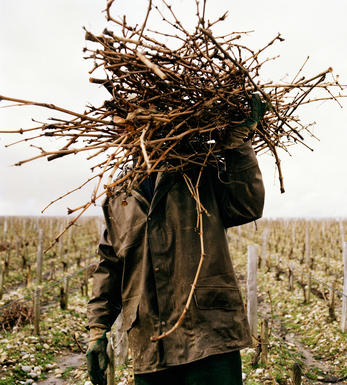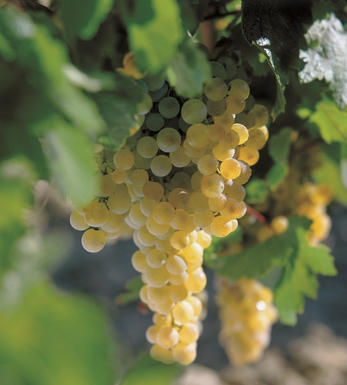
About this WINE

Gonzalez Byass
Gonzales-Byass was established in Jerez in 1835 by a young entrepreneur Manuel Maria Gonzalez, who exported the first cask of Tio Pepe to London in 1844. Gonzalez was advised by an uncle of his, a man called Jose Angel de la Pena. Uncle Jose had a small bodega with his own solera of Fino, which had direct access to the street as he liked to come and go as he fancied. People called Jose are often nicknamed Pepe in Spain, so the solera of uncle Jose (tio means uncle), or uncle Pepe gave name to the famous Tio Pepe brand.
The original bodega del Tio Pepe still exists, is in use today, and in fact holds some of the best botas of Tio Pepe Fino. Gonzalez took different partners, and the company changed names a number of times, like Manuel Maria Gonzalez & Cia or Gonzalez & Dubosc. In 1855, the year the people of Bordeaux were really busy making the classification of their chateaux, Gonzalez sold some company shares to his importers and distributors in the UK, Robert Blake Byass. The name of the company was definitely set to Gonzalez Byass & Co., which has been kept till the present day. Today the fifth generation of the Gonzalez family still own and manage the company.
The company has grown its holdings significantly over the years, and the winery's 37 hectares span across a number of small streets in Jerez that connected the different bodegas, La Constancia, La Concha (a unique round bodega attributed to Gustav Eiffel), Los Apostoles, La Cuadrada, and the more recent Gran Bodega Tio Pepe, Las Copas or Marques de Bonanza.

Palomino Fino
Palomino, named after Fernan Yanez Palomonio, one of King Alfonso X`s knights, is the primary grape variety for Sherry styles (Fino, Manzanilla, Amontillado, Oloroso, Palo Cortado) production.
It is a high yielding variety that is widely planted in Spain producing mostly insipid thin, dull wines lacking in fruit and acidity. However it thrives on the predominantly chalk based soils of Cadiz where it produces large bunches of golden yellow grapes, which ripen in early September. The resulting must is transparent in colour and somewhat neutral in flavour, but the subsequent wine can develop a coating of flor before maturing in the solera system and produce a whole range of intense and aromatic sherries.
It is also grown in South Africa, California, and Australia where it is fortified to make sherry-style wines.



Buying options
Add to wishlist
Description
The founder of Gonzales Byass was born exactly 200 years ago, in the same year as Charles Dickens, many of whose characters were partial or more than partial to a drop of sherry. To celebrate the anniversary, the third bottling of the extraordinary phenomenon that is En Rama has made use of the most ancient and venerable casks in the Tio Pepe Solera and is even more intense, fragrant and satisfying than its hugely successful forebears. Why is it so good? Put simply because it is the purest most powerful expression of Fino sherry that one is every likely to encounter.
En Rama, very roughly translated as ‘in the raw,’ is local jargon for a wine that has been bottled in its most unrefined and delicate state, foregoing the processes of clarification and filtration which may rob a wine of its distinct personality. The result is a deep golden colour, the most wonderful bread, yeasty, olive aromatics and the most extraordinary depth of saline flavour I have ever encountered in a Fino sherry of this age.
There may be a little sediment, of course; indeed the wine may initially appear a little cloudy... this will settle... and the wine, for all its assertive aromatic power, is actually, for the reasons rehearsed above, rather delicate, so should be consumed within three months of the bottling date, that is to say before the middle of August 2012. We defy anyone to even contemplate keeping it for longer; once tried never forgotten and very rapidly consumed! I challenge anyone to name a more satisfying aperitif for the balmy summer days which appear, finally, to have arrived!
(Simon Field MW, Berrys' Sherry Buyer)
wine at a glance
Delivery and quality guarantee